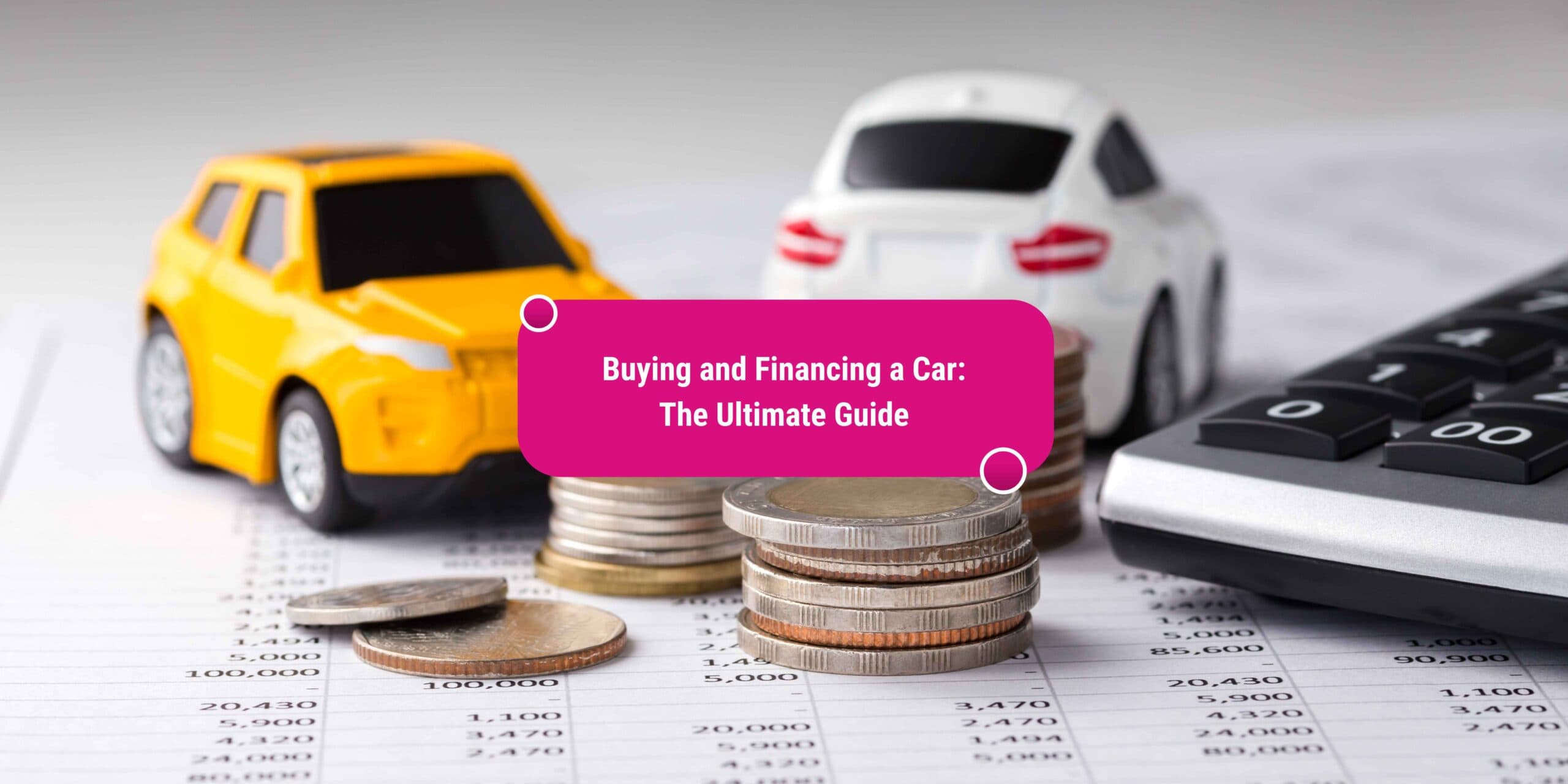Cars have become an indispensable part of our lives. Whether it is for work, school, or leisure, you need a car to promptly and conveniently travel between places. However, car buying is no easy task. Your choice will depend on your budget, your preferences, and your lifestyle. As such, it is important to take the time to do a little research before making a purchase. After all, if you were reaching into your pocket and pulling out a wad of cash to pay for a new car, it would not be hard to understand the amount of time and energy you would put into picking out that car just to make sure that your hard-earned cash was well spent. The same logic applies regardless of whether you are going to be paying for your car with an auto loan (your money and the bank’s) or with your own personal cash.
In today’s world, aside from home purchases, a car is often the most expensive item an individual is likely to buy. Long ago, a car was a luxury item, but in many places today it is a necessity. There are people who can spend hours and hours “pussyfooting” around the car dealers. They are easy to spot. They are the ones who understand the long-term effect of their choices, and don’t make impulsive decisions. According to a Harris Interactive survey, “96% of Americans say it is important to have a dependable and reliable car.” Such reliability is a huge concern when buying a car, which is why you need to learn how to buy and finance a car properly. The main question is, “How can I find a reliable and dependable car I can afford?” In reality, there may not be one simple, black-and-white answer to that question, but this Ultimate Guide to Buying and Financing a Car was created to give you a framework with which to work. We will be discussing not only manufacturer problems and how to avoid them, but also pointing out factors such as insurance.
Understanding Your Budget and Needs
Sure, buying a car may seem like a complex process, but once you break it down, it’s pretty straightforward. This section will cover how to determine your budget and choose the right vehicle for your needs.
2.1 What You Can Afford Before you start shopping for a car, it’s helpful to take a step back and understand what you can afford. A car can be a major monthly budget item for many people, so it’s important to understand all of the financial aspects of owning a car. The cost of a car really includes three components: the purchase price, the interest on financing, and the ongoing cost of maintenance and insurance. Certainly, the sticker price of the car is important and will have a major impact on what you can afford, but be aware that over time, it’s likely that you will spend more in financing and maintenance costs than you do on the actual purchase price of the car.
Researching and Choosing the Right Car

Now that you know how much you can afford to spend, you can figure out what type of vehicle to look at. If you have a large family or just like to road trip with your friends, you’ll probably prefer driving a crossover or SUV. These types of vehicles have a lot of space and amenities to accommodate a lot of people and items. If you are an urban professional who commutes long distance in heavy traffic, a small-sized gas-saving car would be preferable. In any case, these two examples illustrate how your circumstances will determine the best vehicle for the way you live your life.
In addition to lifestyle fit, consider your other needs when selecting a car. How many passengers do you have? What kind of driving are you most often doing? What size vehicle do you feel most comfortable driving and parking? How experienced of a driver is your teenage son or daughter? Think about each of these things to make sure you get the vehicle that will best match your circumstance. Also, research vehicles with good safety ratings; these vehicles will help protect you during a car accident.
Exploring Financing Options
Everyone likes to daydream about the car they are going to buy someday. Some will just fantasize about it; others will draw up a plan for buying it. Everyone who buys a car has to set some sort of budget or buying limit. One person might set a limit of $4,000, another might set the limit at $14,000, and someone else might choose $40,000. The buying limits for a car spend can be all over the place.
Budgets differ from one person to the next, but the basic rules of purchase reconstruction are pretty much universal. Even if you plan to pay cash, check out the financial aspect of car purchases. There are five basic buying methods, or stages, most car buyers go through on the way to car ownership. They are:
This is the same as buying anything else with cash. There is no loan involved. No big chunk of income is subtracted from the car budget each month, and the car buyer never has to worry about a repossession that comes out of the blue. The cash buyer finds a car he or she likes and pays for it. Most people who decide to pay cash for a car do so because it is the simplest, quickest, and least complicated method of purchasing a car. Some have saved up their money; others clean out their bank account or cash in a few CDs. Still others receive some kind of cash windfall, as the result of a bonus, an insurance settlement, or some other unexpected event.
Negotiating the Deal and Closing the Sale
Make your best offer. Get ready to negotiate. When you make an offer on the car, be firm but polite. If the dealer has the car priced above your budget, show them the market information you have collected. Telling them, “This is in my price range,” can keep the negotiations focused.
Offer less than you are willing to pay. One way to determine the dealer’s lowest possible selling price is to make a lower offer. For example, if you are willing to pay $26,000 for a car and your research indicates that $28,300 is a fair price, offer $25,500. Be prepared for your first offer to be rejected. Consider your budget and decide whether you are willing to increase your offer. If your highest offer is rejected, you may express a degree of flexibility. Tell the seller what you are willing to pay and ask if there’s a deal to be made. Be polite but be willing to walk away if the seller does not accept your offer.
Close the deal. Once all the details are worked out and you are satisfied with the car, the price, and financing (if necessary) make a deal. Pay with a certified bank check or money order.
Before you leave the dealer, ask: Have you reviewed all the details of the car purchase, including make, color, and options? Have you asked if the dealer can install any add-ons and how much they will cost? Have you confirmed the total purchase price? How much does the dealer charge for this service? Make sure you have the dealer’s business card and contact information. Have you agreed with the dealer to do this service, such as any additional prep, vehicle refueling, and installation of add-ons and protective coatings and films? Watch the dealer complete this service.



